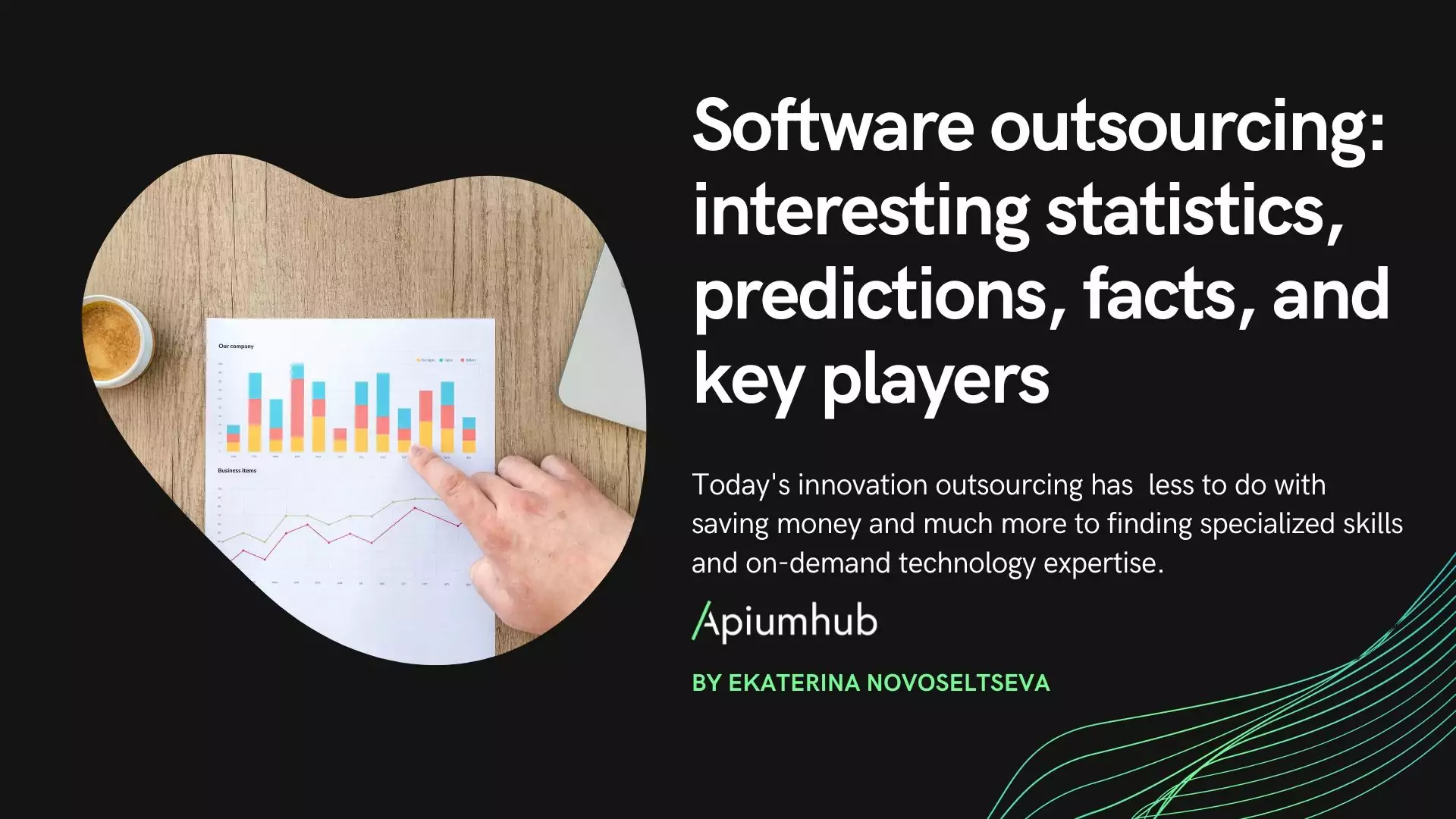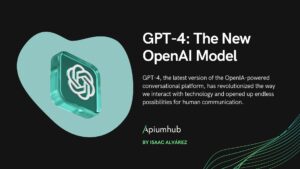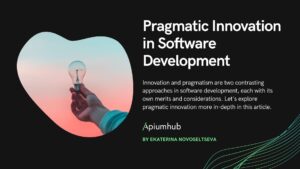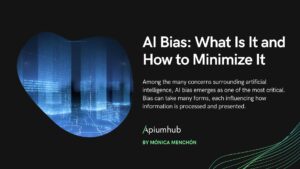Table of Contents
Visual search is one of the latest breakthroughs that is truly making a mark in eCommerce and mCommerce. I think most of you have noticed, that e-commerce, m-commerce and retail industry have changed drastically in recent years and young, tech-savvy shoppers are demanding smarter shopping experience where the journey from the discovery of a product to check-out is as short as possible. And images are often the starting point for most customer journeys. More and more people interact with pictures to discover products that are new to them or to find items that they have seen in real life. The reason is that it’s much more intuitive and more versatile compared to text-based search. Modern consumers are constantly taking pictures of things they want in a daily life or on social media, but in the past, there was no easy way to find a similar item for themselves. In 2018 there is a way and big multinationals, as well as booming startups, work on visual search capabilities to deliver a seamless, tailored experience by removing the barrier that comes with not knowing anything about a product or not being able to describe it properly. And today we will look at visual search in m-commerce and e-commerce: benefits, use cases, case studies, and statistics.
What is visual search?
Most of you probably know that visual information is much more catchable and memorable for people. It is a well-known fact that an image is more effective than words because our minds are built to process better visual information. Images get people’s attention, evoke an emotional reaction, and improve comprehension and retention of information.
Therefore e-commerce managers decided to invest in visual search to improve customer experience and increase sales. When we say visual search, we mean a typical visual search engine that is able to identify items in an image or a video and search across a catalog to find the same or similar items. Before having this option of visual search, a user was required to remember the name or any detail of the product he or she searches online or has the communication skills to describe it in a good way to get the result he or she is interested in. If the description is not detailed enough, the search engine or the eCommerce website may bring irrelevant results and disappoint the customer. Visual search reads images to identify color, shape, size and proportions, even text to identify brand and product names. This offers an advantage over keyword-matched search, in which results are only as good as the searcher’s ability to describe an item. Essentially, it allows a customer to search for an item by simply uploading a picture of it. For example, you see a nice jacket an influencer is wearing on social media or you see a random person with a t-shirt you really liked, the only thing you need to do is just to take a picture and upload it to the app or website of the retailer of your choice and find exactly the same items. Google, Amazon, eBay, ASOS, Facebook, Pinterest, WayFair already have this option and later on, in the article, I will list down other pages and companies that already have this option. So, keep reading!
Also, what it allows you to do is to find very similar items, but cheaper ones if the price seems to be too expensive, etc. With visual search solutions running in the app or website, retailers can suggest similar-looking items in different price ranges, so the customer can buy a look-alike product at a lower price. This feature can become critical in e-commerce sites, as it can be used to offer relevant recommendations, based on items the shopper really likes.
Visual search statistics
Another reason behind the popularity of visual search is the way it simplifies shopping on mobile devices. Many retailers are getting the majority of their revenue from m-commerce. Pinterest states that 85% of all their searches are done on mobile devices, and 87% of their users bought something they found in the pins.
For 74% of consumers, traditional text-based keyword searches are inefficient at helping find the right products online.
Visual search does not only deliver a better customer experience; it drives real business results. With features like “shop the look”, companies have increased the average order size by 20%. Because the gap between “see” and “buy” has been reduced, consumers find it easier to purchase what they see on the internet.
According to research by Accenture, social media will become the preferred shopping channel for Generation Z, with 69% of young consumers interested in purchasing directly through social networks. E-commerce players will enable their customers to upload and search for products that they find on social media websites and buy them.
Also, according to a recent study by eMarketer, 72% of U.S. Internet users regularly or always search for visual content before making a purchase.
Visual search use cases
Fashion is a dominant market in terms of visual search, however, home décor, consumer product goods, hairstyle and makeup products, and consumer electronics, etc. are all great use cases. In all these cases visual search saves time and reduces the stress level.
Main visual search benefits
Well, I think just but explaining the concept the benefits are clear, but let me go over the top ones to show you all the potential of visual search in e-commerce & m-commerce.
Offer exactly what the user wants
Visual search is a particularly great tool for shoppers who are looking for a specific item. This is because it reduces the number of steps the user would otherwise have to go through, such as typing in a keyword or scrolling through results. Instead, the user just uploads the image and gets the desired product immediately.
Cross-selling and inspiration
Another benefit of visual search is that it can be a great cross-selling tool. If a website does not have the desired product in stock, it is able to show similar or related items that might still lead to a purchase. Moreover, it can also help consumers to imagine how other products might complement it. For instance, someone might search for a red dress, but if they see an image of a woman wearing a red dress and a black high heel shoes, they might be willing to buy more than originally intended.
Saves time
It is just a matter of seconds to upload an image and check if the product is available, rather than browsing different sections and hoping to find the right product.
Easiness
No need to think about the section on the web where sunglasses are. They can be in accessories, in women, in summer, in a promotion, etc. Let visual search do this manual thing for you.
Visual Search in e-commerce & m-commerce: case studies & main players
Neiman Marcus is the famous American clothing brand, contacted the Slyce company for help in increasing the conversion rates of the mobile version of its site. They created a Snap. Find. Shop mobile app that enables shoppers to photograph real-world items, find similar products in the Neiman Marcus catalog, and buy them with one tap. The solution offered by Slyce significantly facilitated the product search process for the Neiman Marcus customers and increased mobile transactions made in the store. By taking pictures of various product items, customers could find similar or related products in the store’s catalog and buy them with a single tap. Customers are no longer forced to describe a product. Instead, they easily upload photos to find matching products, allowing them to discover more products from the Neiman Marcus catalog and reducing drop-off.
Tommyland is a mobile app created especially for the fashion show of Tommy Hilfiger, the American fashion designer, to increase customer engagement with the brand and its products.
Working in a close cooperation with the Tommy Hilfiger’s marketing team, Slyce managed to create the first app based on the runway recognition technology. Using cameras of their devices, customers could take photos of objects, such as clothes on the fashion models who participated in the show, images on billboards, pop-ups, and the like, literally “on the go”. Then, they could find items similar to those on the snaps in the Tommy Hilfiger’s web store catalog. As for the results, 93% accuracy on results for 3D, 100% accuracy for 2D and Video.
With this app users could snap photos or grocery products in their refrigerators to further check their availability in stores, compare different offers as well as to get some recipes. The Shoppers app radically changed the buying experience in the grocery industry. Currently, several million shoppers use this app in their everyday life.
The Urban Outfitters app uses Slyce’s visual recognition technology to power its latest feature: Scan + Shop. Shoppers can take a photo of an item in the catalog and quickly find the product with the Urban Outfitters app. 2D scanning has increased Urban Outfitters’ in-store and online transactions because it removes search hurdles and engages customers. Thanks to Slyce’s technology, Urban Outfitters products are easily discoverable. Shoppers are able to immediately identify and purchase products they see in print material. As a result, increased app usage and customer engagement and increased conversions in-store and online.
The ASOS world-famous fashion brand contacted ViSenze for help in decreasing the cart rejection rates of its site due to the stock unavailability of particular product items. The ViSenze team added the Out of Stock Alternatives feature to the ASOS site that displayed its customers visually similar, in terms of color, style, shape, and other characteristics, items for the out-of-stock products on the site. The implementation of this solution helped the merchants to reduce the number of lost sales, which, in turn, increased the conversion rates of the ASOS web store.
eBay launched a visual search tool on their app that allows customers not only use pictures that are saved on their phones to find similar items on eBay, but also use photos from any social platform to shop for similar objects on eBay.
Some retailers build visual search apps for certain categories only. Tesco’s wine finder app proved too much to maintain as an in-house R&D product, but now carries on through Cortexica’s wine finder app, who partnered with Tesco to build the original.
Slyce Inc. the market-leader in image recognition for retail, powering visual search in apps for retailers such as Nordstrom, Best Buy, JCPenney, Neiman Marcus, Home Depot, and Macy’s. Their service can identify virtually any product from an image, and enable customers to snap a photo to buy something, add it to a wishlist, find it in store,etc.
Snap Tech is a London based company that provides top-notch visual search solutions mainly for fashion retailers. The company became well-known due to its Snap Fashion mobile visual recognition technology. The technology itself allowed users to take photos of clothing items to view product recommendations from more than 250 top fashion retailers, mainly from Britain. This solution notably changed the purchasing experience for the UK shoppers.
iSenze is a software company that creates visual commerce solutions for retailers and publishers from all over the world. Using its own image recognition technologies, ViSenze provides new search opportunities for ecommerce businesses and their customers.
One of the most outstanding inventions of ViSenze is the image and video recognition technology which is able to understand the context not only of images but also videos to further display the relevant products for users.
One of the most recent efforts at visual search is Google Lens, a visual search tool that uses artificial intelligence and machine learning to analyze pictures you take and give you information that is relevant to those images. For example, if you take a photo of a restaurant, Google Lens can not only identify the restaurant, but give you the hours and link to a menu.
Pinterest also has a visual search application, called Lens. According to Pinterest. With Pinterest’s Lens, users take a photo, then Lens isolates the individual items in the photo and lets users search for related objects. Also, it allows users to take photos on their smartphones and view pins that looked similar to the objects in these photos.
I hope you found this article interesting and useful! Feel free to share your thoughts about this topic in the comments section below!
If you are interested in the latest news about visual search in e-commerce & m-commerce, I highly recommend you to subscribe to our monthly newsletter here.
If you found this article about visual search in eCommerce and mCommerce, you might like…
- Top business blogs to read
- Smart city projects and leaders to keep an eye on
- Human-centered innovation
- Barcelona makes it to the top 5 of innovation hubs
- Blockchain technology: use cases, statistics, benefits, startups & events
- Barcelona; one of the best smart cities in Europe
- Disruptive innovation to track
- The era of unicorns
- Top 20 promising startups in Barcelona
- IOT projects that may change the world
- AI can control the “Fake news” market
- Artificial intelligence – in math I trust
Author
-
Ekaterina Novoseltseva is an experienced CMO and Board Director. Professor in prestigious Business Schools in Barcelona. Teaching about digital business design. Right now Ekaterina is a CMO at Apiumhub - software development hub based in Barcelona and organiser of Global Software Architecture Summit. Ekaterina is proud of having done software projects for companies like Tous, Inditex, Mango, Etnia, Adidas and many others. Ekaterina was taking active part in the Apiumhub office opening in Paseo de Gracia and in helping companies like Bitpanda open their tech hubs in Barcelona.
View all posts











